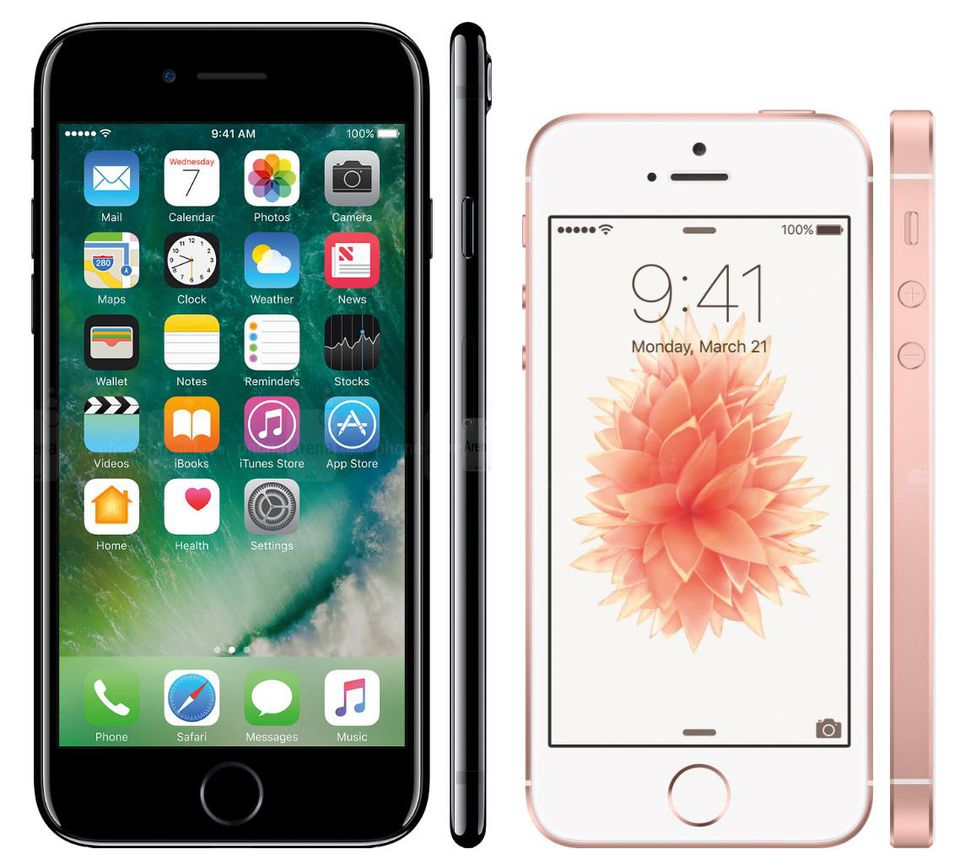This weekend, I studied an interesting survey published by Accenture Consulting on the prediction of future healthcare for younger consumers. It’s called ‘Accenture 2019 Digital Health Consumer Survey’ and the respondents of this study were from the United States though it essentially provided some wonderful insights into the millennial and Gen Z’s behavioural patterns in general. A striking feature of this survey was the influence of future technology on a wide range of generations beginning with the 20s and the millennials who would become the most influential generation for healthcare consumerism. These are some of my notes from the study.
Distinctive User Groups
At the onset, I came across one of the most distinct categorizations of the user age groups within this survey. The study has been fairly distributed among all classes of consumers including even the generation of consumers who were born in the late 20s. The list of the user group is comprehensive as noted below.
- Gen Z (born 1997 onward)
- Millennials (born 1981 to 1996)
- Gen X (born 1965 to 1980)
- Baby Boomers (born 1946 to 1964)
- Silent Generation (born 1928 to 1945)
Prominent Healthcare Insights
Traditional / Non-Traditional Healthcare – doctors, healthcare professionals, clinics, medical centres and doctor’s offices are some of the established types of traditional healthcare services. In contrast, walk-in or retail clinics, outpatient surgery hospitals, virtual health (via the phone, on video or apps), on-demand services or digital therapeutics are some examples of non-traditional healthcare services. [1]
- Younger consumers are moving away from traditional channels and adopting technology and non-traditional healthcare.
- The loyalty of younger generation patients is no longer assured, and the providers who heed to the changing dynamics of the consumers would be strongly positioned.
- Gen Z and Millennials are less likely to have a primary care physician (PCP) compared to Gen X, baby boomers and the silent generation.
[perfectpullquote align=”right” bordertop=”” class=”” cite=”” link=”” color=””]Gen Z is the most likely generation to seek out wellness practices (e.g. yoga, acupuncture) beyond Western medicine. With millennials projected to become the largest generation in 2019, this generation holds the most power to influence future healthcare models.[/perfectpullquote]
Continue reading…


 It’s an account through the eyes of a lonesome lass with a secret penchant for creativity and her companion dog as the only one who knows & values her innate talent and who eventually albeit creatively, of course, forces her to come out of her hiding. In all this, I was astonished to see how Apple has taken fancy to Pixar-inspired storytelling for the first time! The past commercials from Apple have resorted to numerous graphical treatments in making visually stylised product campaigns though animation not being a prominent theme on that list so far. While the tagline ‘Share Your Gifts’ is a beautiful wordplay for acknowledging not just the sentiment of giving in the festive season but also for energising & sharing creative material using the power of Apple’s great products. A company that has always championed the cause of the creative arts community worldwide yet again communicating its unequivocal stand with this fabulous ad, and dare I say, the folks at Pixar would be so pleased to see their artistic journey as an inspiration for the design of this spot. Also, there’s a moral for everyone that creativity is yearning to come to life only if you could use your artful imagination, so go ahead, surprise yourself and your peers. “Don’t hide” and dream on!
It’s an account through the eyes of a lonesome lass with a secret penchant for creativity and her companion dog as the only one who knows & values her innate talent and who eventually albeit creatively, of course, forces her to come out of her hiding. In all this, I was astonished to see how Apple has taken fancy to Pixar-inspired storytelling for the first time! The past commercials from Apple have resorted to numerous graphical treatments in making visually stylised product campaigns though animation not being a prominent theme on that list so far. While the tagline ‘Share Your Gifts’ is a beautiful wordplay for acknowledging not just the sentiment of giving in the festive season but also for energising & sharing creative material using the power of Apple’s great products. A company that has always championed the cause of the creative arts community worldwide yet again communicating its unequivocal stand with this fabulous ad, and dare I say, the folks at Pixar would be so pleased to see their artistic journey as an inspiration for the design of this spot. Also, there’s a moral for everyone that creativity is yearning to come to life only if you could use your artful imagination, so go ahead, surprise yourself and your peers. “Don’t hide” and dream on!